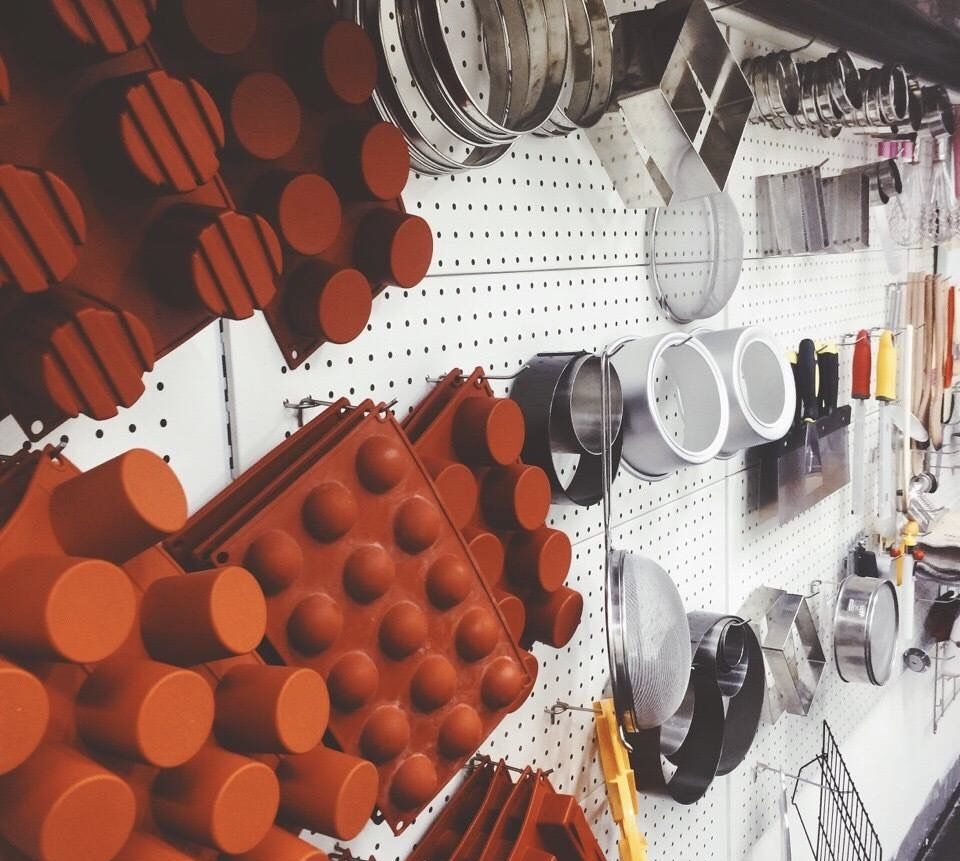With three workouts a week and a high quality of training, we are particularly concerned about the results of each workout and would like to know what is the "best workout". There are 6 sensible training tips that you can follow to regulate your training and help you build muscle. If you pay attention to these rules and keep up with your nutrition, you're likely to get better and better!

Tip 1: Focus your energy on lifting bigger weights
The first tip that can make a difference to the rate of muscle growth is the ability to gradually increase the weight on the barbell. No matter how many methods are used, if you don't increase the weight lifted over the course of a few months, you won't achieve the rate of muscle growth you should.
Increase the weight lifted and only use some training strategies such as decrement sets, supersets etc. when a bottleneck is reached and the weight lifted cannot be increased, as a way to help improve the body's potential to reach the next level of volume over the course of a few weeks, possibly.
When satisfactory muscle levels are reached, fancy methods are definitely more advantageous, but until then, when unable to lift larger weights, these techniques should be used selectively.

Tip 2: Not too many force movements and reps
A fitness tip to keep in mind is to focus on the rules of force exertion. Some people believe that the best way to build muscle is to do every set of strength training movements to the point of exhaustion. They believe that in order for a muscle to grow, it must be fully exhausted. While it is important to get the muscle out of its comfort zone to see progress, there are more problems that can be encountered when every set is done to exhaustion.
The main problem is central nervous system fatigue. A training programme that involves doing every set to exhaustion will deplete the central nervous system. After a long time of training like this, the CNS is likely to become so tired that it cannot even lift the weights it has done before.
If you limit the number of reps to one or two, this will encourage the muscles to work hard and achieve the intensity needed to build muscle, but it won't completely empty the body and force you to end the workout early, leaving a day or two for recovery.

Tip 3: Choose movements that work at least two or more muscle groups at the same time
Fitness advice is to focus on compound movements. Due to time and physical recovery constraints, the time spent in the gym each day is limited and if this time is wasted on training one or two smaller muscle groups, you will not maximise your muscle potential.
Instead, we should follow a training approach where we choose compound movements that work at least two muscle groups out of 60% of the training movements. For example, the squat will work the quads and hamstrings; the bench press will work the shoulders, chest and triceps.
On the other hand, barbell curls only work the biceps, chest pulldowns only work the triceps and leg curls only work the hamstrings. These movements don't really give the best results with the balance of strength and some of the isolation movements should be taken appropriately.
More importantly, compound movements allow the body to do more work and are crucial to effective muscle building.

Tip 4: Fuel your body before and after training
The fourth tip of the fitness programme is to ensure that you properly fuel your body before and after training. Insufficient intake of amino acids, which are needed to synthesise muscle, or insufficient intake of carbohydrates, which provide energy to build muscle, are both big barriers to progress and lead to less effective muscle building.
Outside of training, ensure that calorie and macronutrient requirements can be met by being slightly more flexible with meal times and foods, but supplement with a healthy calorie serving of muscle building powder before and after training.

Tip 5: Change your training plan regularly
Tip 5 is a fitness tip to break the bottleneck. If you have ever felt that your muscle condition has remained the same during a workout, that is a sign of a bottleneck. Everyone experiences bottlenecks, even if they are very careful to avoid them.
What exactly is a bottleneck? It can be defined as a situation where there is no progress for more than two weeks. For enthusiasts who train hard, stopping for 2 weeks is a waste of their energy and time.
What needs to be done to prevent this bottleneck is to change the training plan, either in the order of the training movements, the rest time between sets, or even the type of movement. If it is not possible to increase the weight in one continuous set, then it is time to make a change. Changing your training plan regularly will definitely give you the desired results.

Tip 6: Take proper rest
The closing tip for fitness and bodybuilding is to take rest. Too many guys often make the mistake of training too hard and not allowing themselves time to recover. If you don't allow your body to rest before returning to the gym, this can further damage your body and make it weaker rather than stronger.
Ideally, take at least one to two days rest between workouts on the same part of the body, and if you split your workouts into upper and lower body, then make sure you take at least two days off per week.
Rest is a must, as is active rest methods such as walking, jogging or swimming. Being active in plenty of other sports on your rest days will only slow down the results.

If you find that you are not training very well, then use these 6 points and the results will improve here. Make sure you eat and supplement sensibly and you're unlikely to regress. Change your training pattern and let the results speak for themselves!
Popular Articles
-
Russia's most powerful military weapon: one Salmat is equivalent to 1,600 Hiroshima nuclear bombs

-
 Practical tools suitable for baking to enhance your happiness
Practical tools suitable for baking to enhance your happinessJul 12, 2025
-
 Healthy lifestyles Delay cardiovascular disease backwards
Healthy lifestyles Delay cardiovascular disease backwardsJul 12, 2025
-
 Seemingly insignificant 4 home supplies, but a great use for life
Seemingly insignificant 4 home supplies, but a great use for lifeJul 12, 2025
-
 What to do if your training is not effective? Don't blindly change your training moves
What to do if your training is not effective? Don't blindly change your training movesJul 12, 2025
-
 What benefits will you reap from jogging 5 km a day?
What benefits will you reap from jogging 5 km a day?Jul 12, 2025







Comments
0